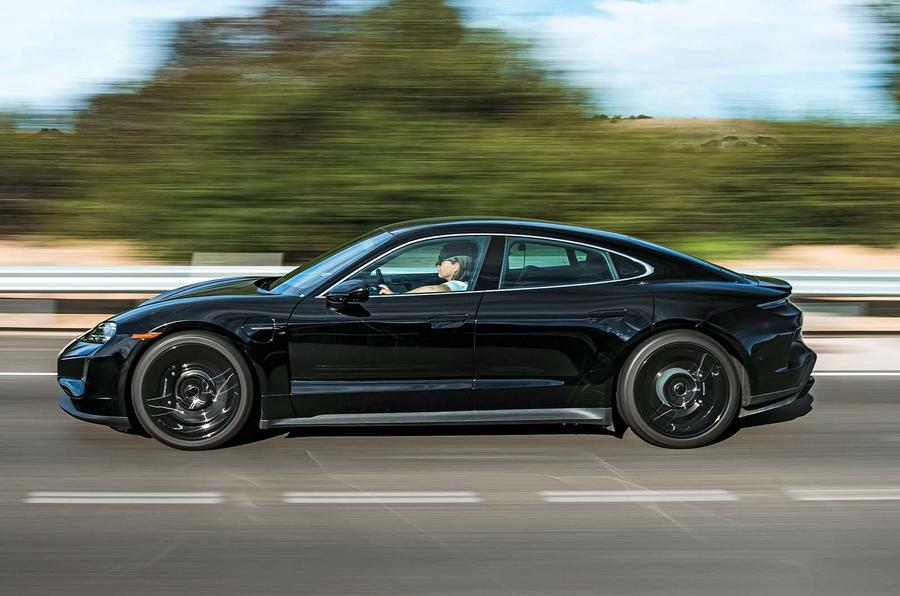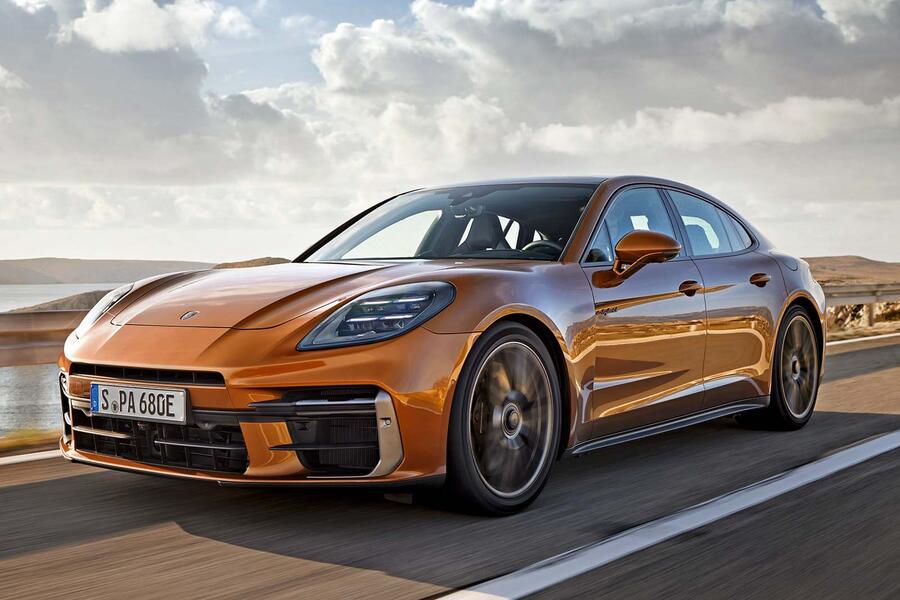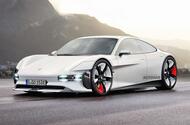Firm wants to keep sporting EV "as an innovator", living on alongside future electric versions of the Panamera
Porsche has just revealed an extensively overhauled version of its Taycan EV but already thoughts are turning to what a successor could look like, with the brand committed to retaining the name well into the future.
Speaking to Autocar at a prototype drive of the new car, Taycan model line boss Kevin Giek revealed that Porsche is confident there will long be a position in the range for the Taycan, even once the similarly sized Panamera goes electric in the future.
“We have a high interest to keep it as a long-lasting car line, like the 911 – like we do with all our car lines,†said Giek.
“When we decide to have a new model line, we don’t think about only having it for three or four years.†As the Taycan enters its fourth year on sale, it has been significantly upgraded in all key areas with learnings from the 150,000 owners it has since found homes with worldwide.

Maximum range is up to 422 miles, power to 939bhp and charging speed to 320kW. However, Giek suggested this will not be the Taycan in its final form and hinted at plans to continue upgrading the model as new technologies and opportunities emerge.
“We want to keep the Taycan as an innovator, to show what is possible and what is our definition of a BEV sports car,†he said. “We will continue to improve the car all the time.â€
Aside from the Taycan’s demonstrable commercial success, it remains hugely important as a halo car – and technological base – for Porsche’s electric car line-up, which has been recently expanded with the new Macan EV and will soon be supplemented by a technically related Cayenne and a replacement for the Boxster.
“The first Taycan was our first step into BEV and there we learned a lot that we can now benefit from for all the others,†said Giek. Talk of the Taycan’s longevity – potentially it could enter into a new generation in around 2028 when the current car turns eight years old – raises questions about how it could co-exist with any electric replacement for today’s petrol-powered Panamera saloon, which is only slightly larger in all dimensions.

But Giek said the two model lines each serve a different purpose: “We think the segment of Panamera is more spacey, more luxury for its customers. It’s something totally different from what we see in the Taycan, which is more focused on sportiness – on real sports car behaviour.
“They are obviously different. Both have the right [position] on the market. Both make sense and we are sure we have the customers.â€
He stopped short of giving any hints as to what a new Taycan could look like, or how it might be technically differentiated from the current car, but he suggested that the priority would be technical – rather than visual – upheaval.
He said: “We are developing the cars in an evolutionary way – not a ‘big bang’ completely new thing. We will stay with our ‘flyline’. We will fight for a low car to keep this sports car's characteristic.â€
However, Giek did confirm there are no plans to introduce a Taycan successor atop the PPE platform that underpins the new electric Macan. “PPE is a perfect SUV platform, but Taycan is not an SUV,†he said.



